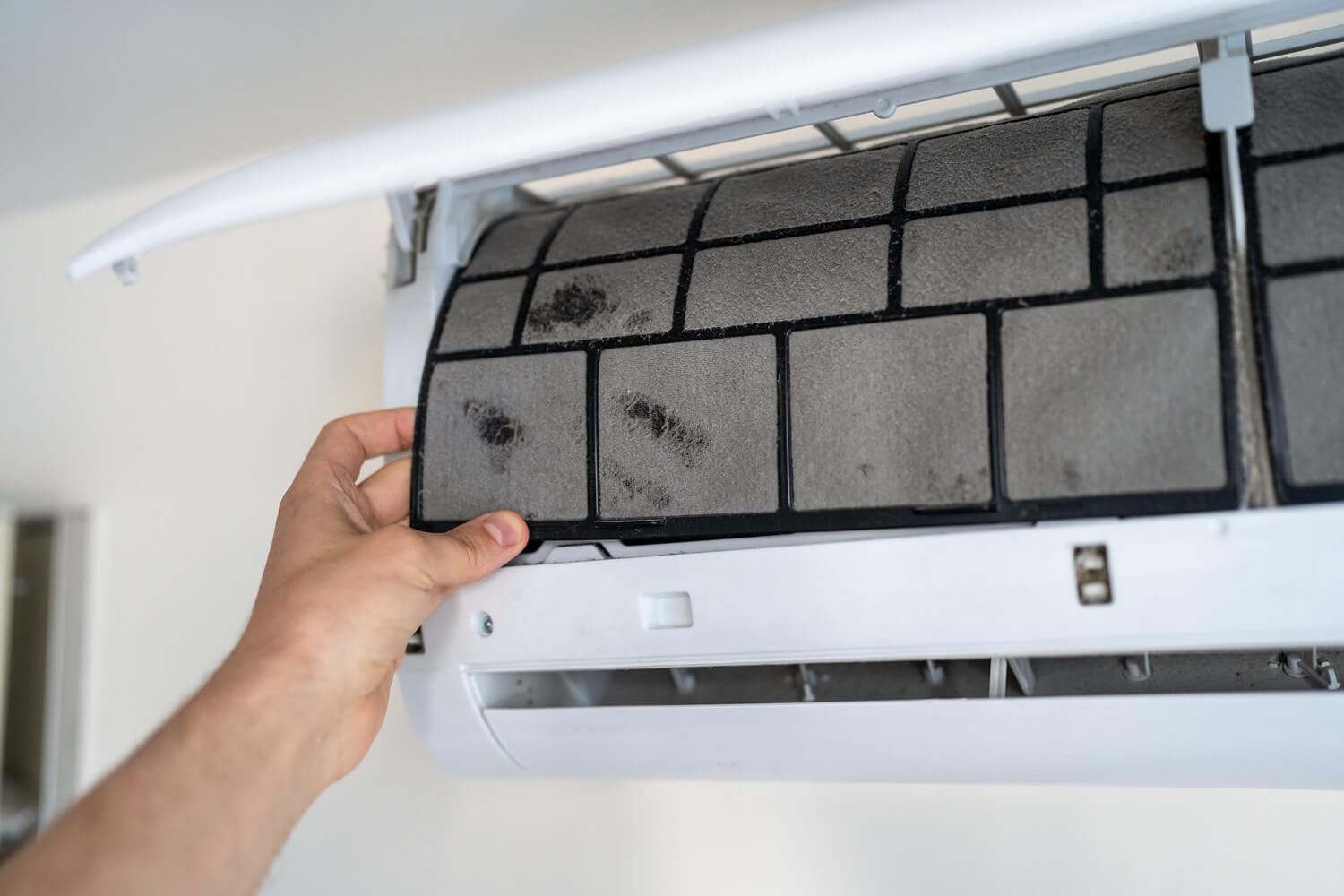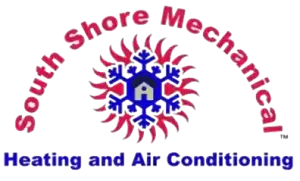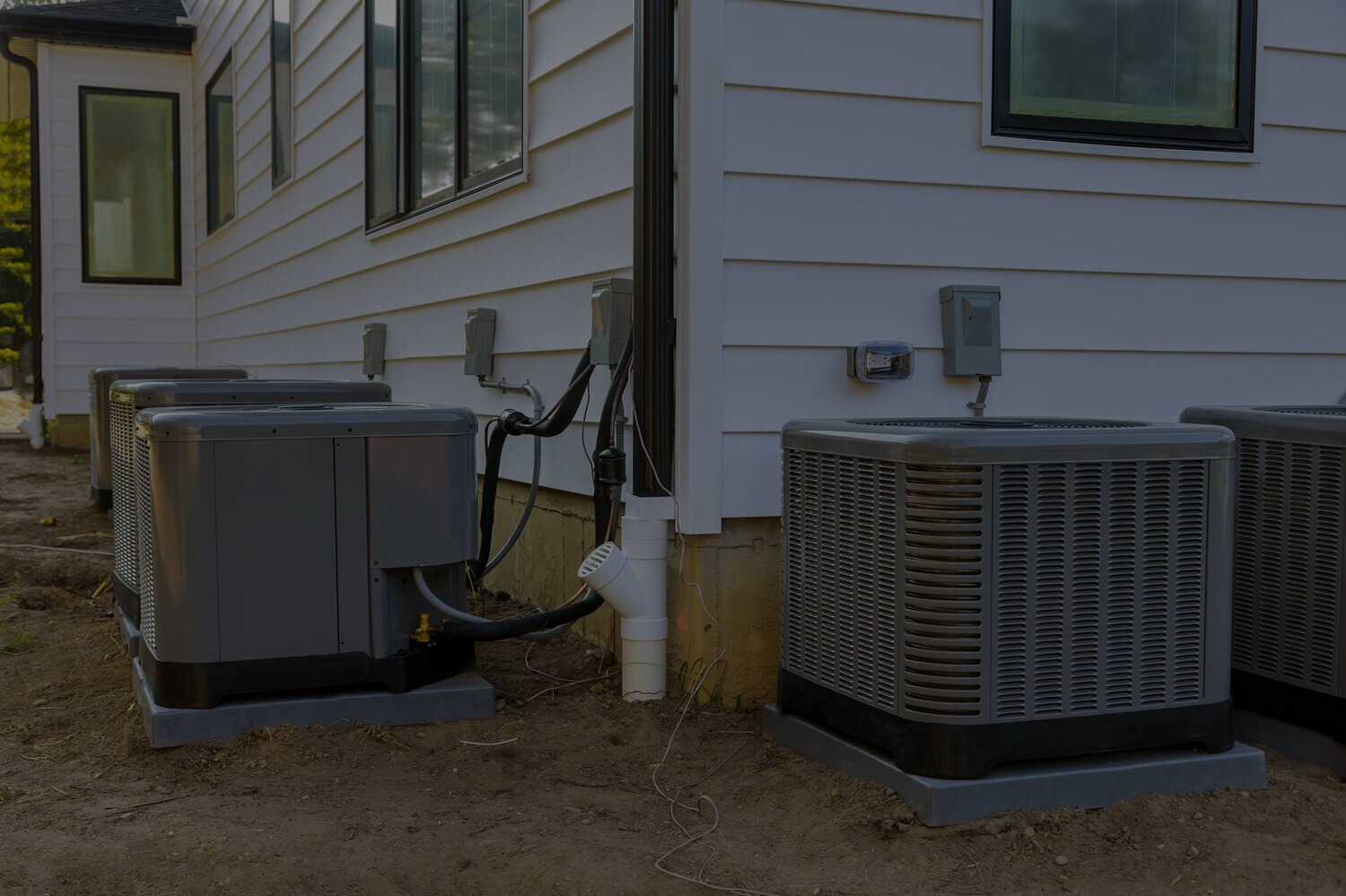
-
South Shore Mechanical
-
Air Conditioning System
-
0 Comments
-
October 7, 2024
Dealing with Mold in Your HVAC System
Mold can be a silent yet dangerous issue lurking within your home, especially in places you might not check often—like your HVAC system. Mold in HVAC units is not uncommon, and it can lead to significant health problems if left unaddressed. It thrives in the moist, dark environments within HVAC ducts, spreading spores that can circulate throughout your home, making the air you breathe unhealthy. This is why understanding the risks, identifying the signs, and addressing HVAC mold removal promptly is crucial for maintaining a safe and comfortable living space.
What Causes Mold in HVAC Systems?
Mold needs moisture and organic material to thrive. Unfortunately, HVAC systems can create the perfect environment for mold growth. Condensation often forms in your system, and when this moisture isn’t drained correctly, it can lead to mold in HVAC components. Some of the most common causes include:
- Poor drainage: Clogged drain lines in your system can cause water to back up, creating an ideal breeding ground for mold.
- High humidity: When the moisture in your home is too high, it encourages mold growth within the HVAC ducts.
- Dirty filters: If air filters are not replaced regularly, dust and organic particles can build up, providing mold with the nutrients it needs to grow.
Is Mold in HVAC Dangerous?
The short answer is yes, mold can be dangerous. Exposure to mold spores can trigger various health problems, particularly in people with respiratory issues or weakened immune systems. Some symptoms that might indicate mold in HVAC are headaches, sneezing, coughing, skin irritation, and eye redness. Prolonged exposure can lead to more severe conditions such as asthma or other chronic respiratory problems. That’s why it’s essential to understand whether mold in HVAC is dangerous. Yes, it can be harmful to your health and the structural integrity of your home.
Signs You May Have Mold in Your HVAC System
Recognizing the presence of mold in your HVAC system can be tricky. However, there are several telltale signs to look out for:
- Musty odor: If you notice a persistent musty smell, it’s a strong indication of mold growth.
- Visible mold: In some cases, mold can be visible in air ducts, drip pans, or around vents.
- Excessive moisture: Water stains or condensation around your vents could indicate that your system is prone to mold growth.
- Health symptoms: Consistent respiratory issues or allergic reactions may be linked to mold spores circulating through your home.
If any of these signs seem familiar, it’s time to consider HVAC mold removal to prevent the problem from worsening.
Steps for HVAC Mold Removal
Addressing mold in HVAC requires professional intervention in most cases. Mold spreads quickly, and cleaning it without the proper tools or knowledge can cause the problem to escalate. Here’s a brief overview of the steps involved in HVAC mold removal:
- Turn off the HVAC system: The first step is to switch off the system to prevent further spread of mold spores.
- Inspection: A thorough inspection by professionals will help identify the extent of mold growth and areas affected.
- Cleaning and disinfecting: This involves cleaning all affected areas with specialized equipment and using EPA-approved disinfectants to ensure the mold is entirely eradicated.
- Replace filters: Any contaminated filters must be replaced to prevent mold spores from re-entering the system.
- Address moisture issues: The root cause of the moisture buildup must be resolved to prevent future mold growth.
While these steps are critical in removing mold, adopting preventive measures is equally important.
Preventing Mold in Your HVAC System
Prevention is always better than cure, and there are several steps you can take to minimize the chances of mold developing in your HVAC system:
- Regular maintenance: Schedule routine inspections to identify and fix potential moisture problems before escalating.
- Replace air filters: Regularly change air filters to ensure good airflow and reduce dust buildup.
- Install a dehumidifier: If your home tends to have high humidity, a dehumidifier can help control moisture levels.
- Keep your system dry: Ensure that all drain lines and drip pans function correctly and that any water buildup is cleared promptly.
These preventive measures will help avoid mold growth and improve your HVAC system’s efficiency and longevity.
Let Us Help You Breathe Easier
When dealing with mold in HVAC, prompt action is essential to avoid health risks and costly repairs. The longer you wait, the more the mold will spread, potentially causing harm to your family’s health. If you’ve noticed any signs of mold or are concerned about potential growth, professional HVAC mold removal is the best solution. Here at South Shore Mechanical, we specialize in helping homeowners tackle mold issues effectively. Our expert team is equipped to assess your HVAC system, eliminate mold, and implement preventive measures to keep it from returning. Breathe easier and stay safe—contact us today for a professional consultation!

